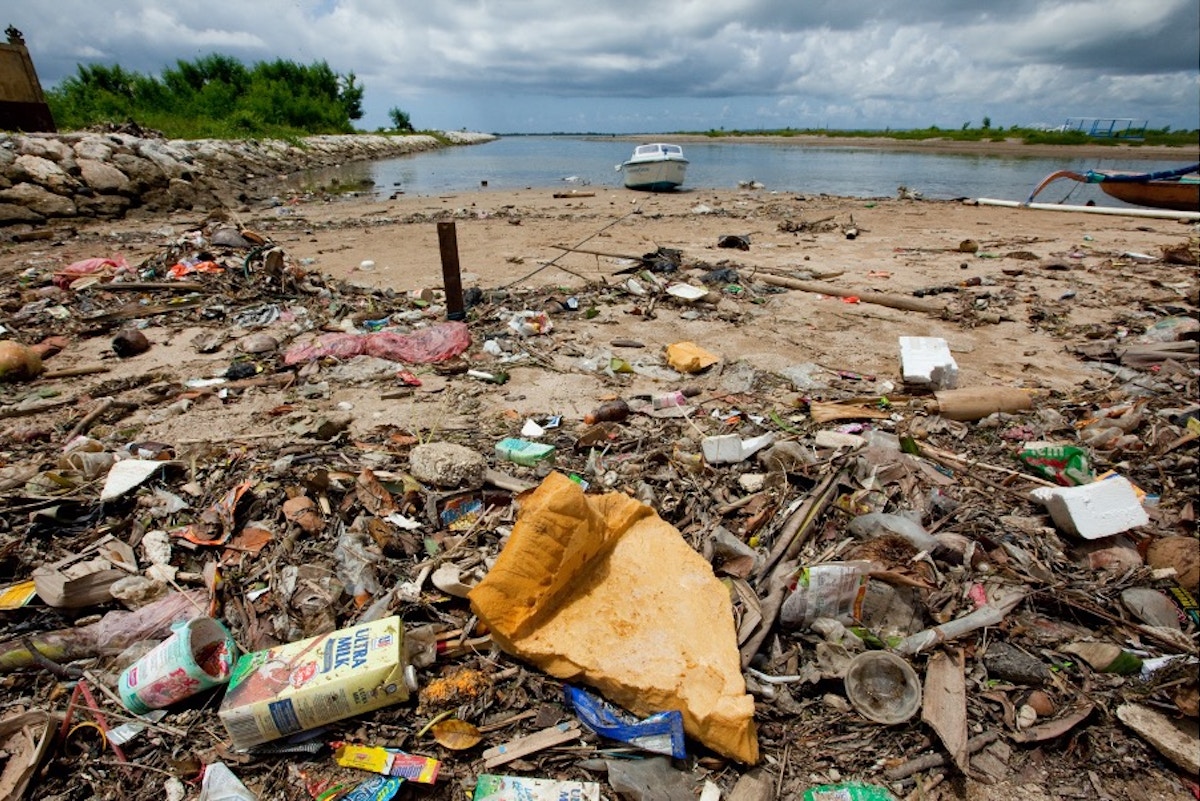
Water Conservation: 7 Simple Ways to Save Water at Home and in Your Business
Water is one of our most precious resources, yet it is often wasted without thought. ...

Governments will work during the coming Intergovernmental negotiating committee (INC) sessions – planned for the coming two years – out the content and logistics of the plastic treaty, in order to develop and adopt a legally binding instrument on plastic pollution.
With the second session taking place in May 2023 in Paris, the INC requested the secretariat to prepare a document with potential options for elements towards an international legally binding instrument for this second session.
The first session of the INC – known as INC-1 – took place from 28 November to 2 December last year in Uruguay, where more than 1,400 in-person and virtual delegates from 147 countries took part in the meeting which set the foundation to shape the global agreement to end plastic pollution. The meeting set the foundation to shape the global instrument, with many governments confirming their desire to have an instrument that addresses the full life cycle of plastics, protecting human health and the environment, with special attention paid to the unique circumstances of those countries most in need.
A resolution to end plastic pollution was reached at the resumed fifth session of the United Nations Environment Assembly (UNEA-5.2) in Nairobi last March, marking an important milestone for a legally binding global instrument toward ending plastic pollution.
Crucially, the resolution addresses the full life cycle of plastic, a holistic approach necessary to tackle the growing plastic pollution crisis. Humanity produces around 460 million tons of plastic a year, a figure that – without urgent action – will triple by 2060.
Globally, 46 percent of plastic waste is landfilled, 22 percent is mismanaged and becomes litter, 17 per cent is incinerated and 15 percent is collected for recycling, with less than 9 per cent actually recycled after losses.
INC Secretariat Executive Secretary Jyoti Mathur-Filipp said the circular economy is a resource efficient economy where waste and pollution are eliminated, products and materials are kept in use at their highest value for the longest time possible, and natural systems are regenerated.
“We know that recycling alone won’t end plastic pollution. We need to take a life cycle approach, which means reexamining how products are designed, produced and distributed. Approaches that only target one element of the economy, such as recycling, fall short of addressing the issue. We need systemic change,” he said.
Key to this is ensuring that there are financial incentives to reuse products and that there is buy-in among the high-consuming sectors, primarily companies focused on plastic packaging and manufacturing. The current economic model and its underlying policies and incentives favors short-term gains and ignores the externalities caused by economic activities, such as resource depletion, environmental degradation, or human health implications. Shifting economic incentives to penalize pollution and reward resource efficiency will increase the economic attractiveness of circular economy solutions.
“The plastics circular economy’s three tenets; eliminate, innovate and circulate, offer a new vision of a sustainable future. This means that we should strive to eliminate plastic products we don’t need; innovate, so all plastics that we do need are designed to be safely reused, recycled, or composted; and circulate everything we use to keep it in the economy and out of the environment,” he added.
Plastic pollution is a huge threat to ecosystems, the climate and ultimately, human wellbeing. According to one UN Environment Program (UNEP) study, more than 14 million metric tons of plastic enters and damages aquatic ecosystems annually, and greenhouse gas emissions associated with plastics are expected to account for 15 percent of the total emissions allowable by 2050 if humanity is to limit global warming to 1.5°C.
Never before had governments come together to end plastic pollution globally. The resolution acknowledges the importance of an international approach to preventing plastic pollution and its adverse effects on human well-being and the environment. It shows what is possible with international cooperation. In particular, the resolution recognizes the significant contribution made by workers in informal and cooperative settings to the collecting, sorting and recycling of plastics in many countries, he said.
UN Members States gave UNEP the mandate to convene the INC – the committee tasked with the development of the international legally binding instrument, with the aim of completing its work by the end of 2024, time when the treaty would be ready for ratification, he added.
The global treaty needs to address plastic pollution, including in the marine environment, and could include both binding and voluntary approaches based on the full life cycle of plastics and taking into account, among other things, national circumstances and capabilities, he said.
According to the UNEA Resolution, the treaty is to include a series of technical provisions, that would consider how to promote sustainable production and consumption of plastics from product design to environmentally sound waste management, through resource efficiency and safe and just circular economy approaches that are feasible for all Member States, he concluded.
اترك تعليقا